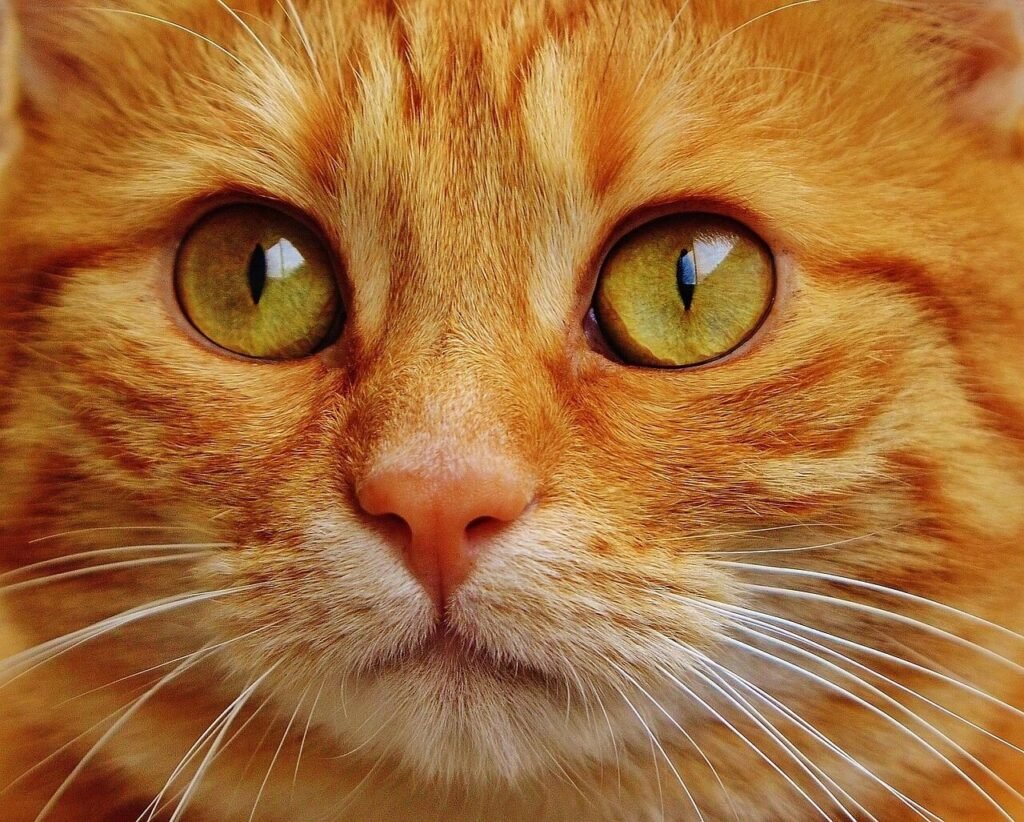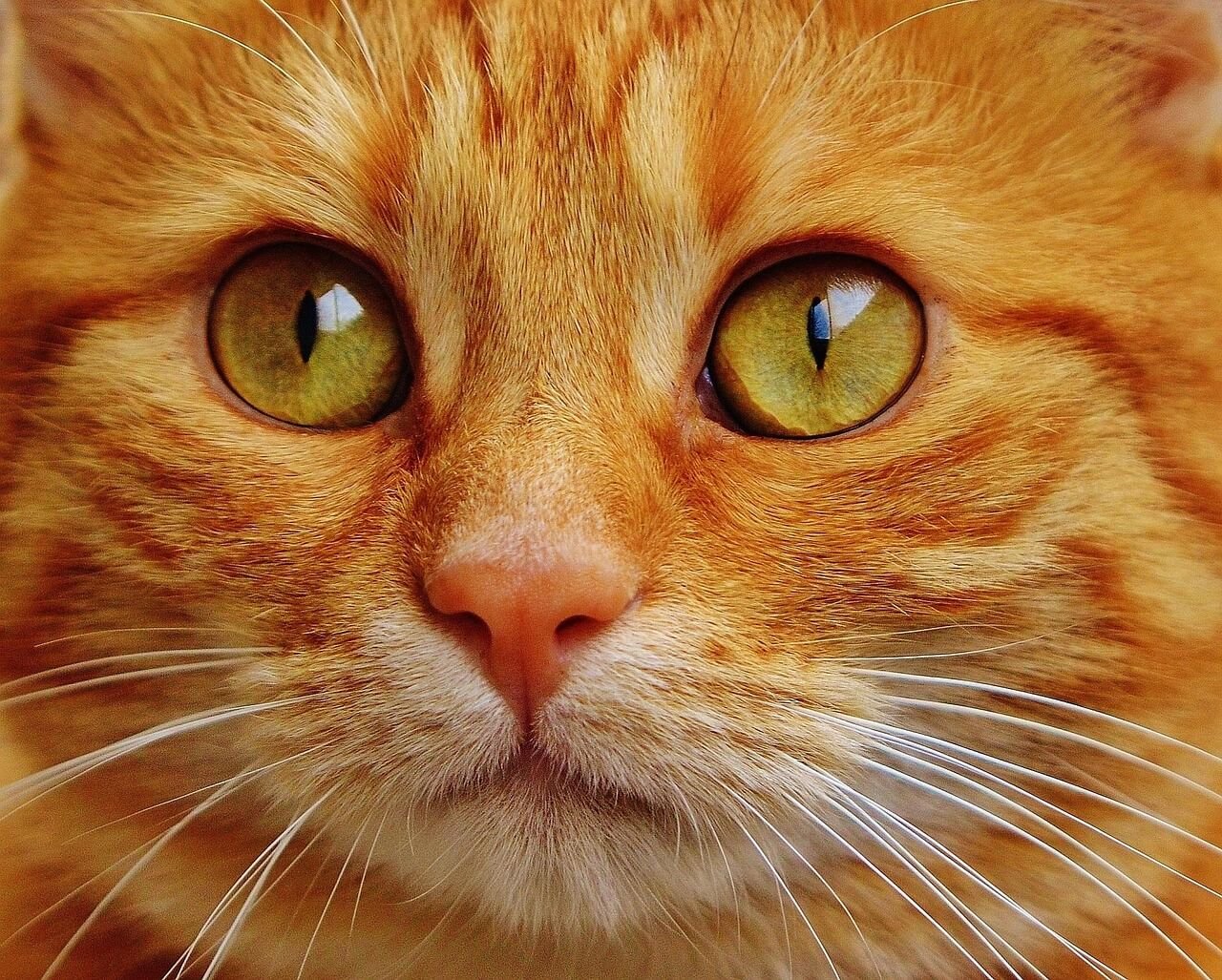Cat Raw Food Diet: Is It Right for Your Feline Friend?
The raw food diet for cats has gained popularity among pet owners seeking a more natural and species-appropriate way to feed their feline companions. Proponents of this diet argue that it mimics what cats would eat in the wild, providing essential nutrients and promoting overall health. However, like any dietary choice, the raw food diet comes with its own set of benefits, risks, and considerations. Understanding how to properly implement this diet is crucial to ensuring your cat’s safety and well-being. In this guide, we’ll explore everything you need to know about feeding your cat a raw food diet, from its potential advantages to important precautions.
Benefits of a Raw Food Diet for Cats
Switching your cat to a raw food diet can offer several potential benefits, though these outcomes may vary depending on the individual cat. Here are some advantages to consider:
Improved Digestion : A raw diet often includes highly digestible ingredients, which can reduce issues like vomiting or diarrhea.
Healthier Coat and Skin : The high levels of natural fats and oils in raw food can lead to shinier fur and reduced shedding.
Increased Energy Levels : Many pet owners report that their cats seem more active and energetic on a raw food diet.
Better Dental Health : Chewing on raw meat and bones can help reduce plaque buildup and improve oral hygiene.
Species-Appropriate Nutrition : A raw diet aligns closely with what cats would naturally consume in the wild, supporting their carnivorous needs.
While these benefits are appealing, it’s important to weigh them against the potential challenges of feeding raw food.
Risks and Challenges of a Raw Food Diet
Feeding your cat a raw food diet isn’t without its drawbacks. Understanding these risks is essential for making an informed decision.
Nutritional Imbalance : Improperly formulated raw diets can lack essential nutrients like taurine, leading to serious health issues.
Bacterial Contamination : Raw meat carries the risk of harmful bacteria such as Salmonella or E. coli, which can affect both cats and humans.
Cost and Time Investment : Preparing or purchasing raw food can be more expensive and time-consuming than commercial cat food.
Difficulty in Transition : Some cats may resist switching to raw food, especially if they’re accustomed to kibble or canned food.
Bone Hazards : Feeding whole bones can pose a choking risk or cause injuries like broken teeth or internal damage.
By acknowledging these challenges, you can take steps to mitigate risks while reaping the potential benefits of a raw food diet.
Check this guide 👉How Many Cans of Cat Food Per Day? Best 7 Tips!
Check this guide 👉Homemade Wet Cat Food Recipes: Best 7 Expert Tips!

Pros of a Raw Food Diet | Cons of a Raw Food Diet |
|---|---|
Improved digestion | Risk of nutritional imbalance |
Shinier coat and healthier skin | Potential bacterial contamination |
Increased energy levels | Higher cost and preparation time |
Better dental health | Difficulty in transitioning |
Species-appropriate nutrition | Risk of bone-related injuries |
How to Safely Implement a Raw Food Diet for Your Cat
If you decide to try a raw food diet for your cat, proper planning and execution are key to ensuring their health and safety. Here are some tips to get started:
Consult Your Veterinarian : Before making any dietary changes, seek advice from your vet to ensure the diet suits your cat’s specific needs.
Choose Balanced Recipes : Use recipes formulated by veterinary nutritionists to ensure all essential nutrients are included.
Source High-Quality Ingredients : Opt for fresh, human-grade meats and avoid processed or low-quality products.
Practice Safe Handling : Wash hands, surfaces, and utensils thoroughly when preparing raw food to minimize bacterial risks.
Introduce Gradually : Transition your cat slowly by mixing small amounts of raw food with their current diet over several weeks.
Taking these precautions will help you provide a safe and nutritious raw food diet for your feline companion.
Alternatives to a Fully Raw Diet
If a fully raw diet feels overwhelming or risky, there are alternatives that still prioritize natural and high-quality nutrition. Here are some options to consider:
Commercial Raw Cat Food : Pre-packaged raw diets eliminate the need for preparation while maintaining quality standards.
Freeze-Dried Raw Food : These products offer the benefits of raw food in a convenient, shelf-stable format.
High-Quality Wet Food : Premium wet foods often include high protein levels and fewer fillers, making them a good compromise.
Homemade Cooked Diets : Cooking meat ensures it’s free of harmful bacteria while still providing nutrient-rich meals.
Supplemental Feeding : Incorporate small amounts of raw food into your cat’s regular diet for added variety.
These alternatives allow you to tailor your cat’s diet to your comfort level and lifestyle while still prioritizing their health.
What to Include for a Balanced Raw Cat Diet
A well-formulated raw food diet requires a variety of ingredients to meet your cat’s nutritional needs. Here are some key components to consider:
Muscle Meat : Chicken, turkey, beef, or rabbit provide essential proteins and amino acids like taurine.
Organ Meat : Liver, kidney, and heart are rich in vitamins and minerals such as vitamin A and iron.
Raw Bones : Ground or whole bones supply calcium and phosphorus for strong bones and teeth.
Fish (in Moderation) : Small amounts of raw fish can provide omega-3 fatty acids but should be limited due to potential enzyme inhibitors.
Eggs : A great source of protein and healthy fats, though they should be fed sparingly.
Including these ingredients in the right proportions ensures your cat receives a nutritionally complete diet.
How to Tell If the Raw Diet Is Working for Your Cat
When transitioning to a raw food diet, there are visible signs that indicate your cat is adapting well and benefiting from the change. Look for these positive indicators:
Shinier Coat : A glossy, soft coat often reflects improved fat intake and overall health.
Increased Energy : Cats on a raw diet may appear more playful and active throughout the day.
Healthier Stools : Smaller, firmer stools are common due to the high digestibility of raw food.
Improved Dental Health : Cleaner teeth and fresher breath can result from chewing on raw meat and bones.
Weight Management : A balanced raw diet can help maintain an ideal weight by providing nutrient-dense meals.
These signs suggest that your cat is thriving, but always monitor their health closely and consult your vet if anything seems off.
Making the Switch Smooth and Stress-Free
Transitioning your cat to a raw food diet requires patience and a gradual approach. Here are some tips to ease the process:
Start with Small Portions : Mix a small amount of raw food with their current diet to avoid overwhelming their digestive system.
Introduce One Protein at a Time : Begin with a single protein source like chicken before adding variety to identify any sensitivities.
Warm the Food Slightly : Heating raw food to room temperature can enhance its aroma and make it more appealing to picky eaters.
Be Consistent but Flexible : Stick to the transition plan, but adjust based on your cat’s preferences and reactions.
Monitor for Digestive Upset : Watch for signs like vomiting or diarrhea and slow down the transition if needed.
By following these steps, you can help your cat adjust to their new diet while minimizing stress and discomfort.
Frequently Asked Questions About Cat Raw Food Diets
Can all cats eat a raw food diet?
While most cats can thrive on a raw diet, those with certain health conditions may require special dietary considerations. Always consult your vet first.
How do I ensure my cat gets enough taurine?
Taurine is found naturally in raw meat, but it’s important to use recipes designed by experts to ensure adequate levels.
Is it safe to feed my cat raw chicken?
Yes, raw chicken is safe if sourced from reputable suppliers and handled properly to avoid contamination.
What should I do if my cat refuses raw food?
Try introducing it gradually, mixing it with their current food, or warming it slightly to enhance the aroma.
Can kittens eat a raw food diet?
Kittens have higher nutritional needs, so a raw diet must be carefully formulated to support their growth and development.
Making the Best Choice for Your Cat’s Nutrition
Deciding whether to feed your cat a raw food diet is a personal choice that requires careful consideration of the benefits and risks. While many cats thrive on this natural approach to nutrition, it’s essential to prioritize safety, balance, and professional guidance. Whether you choose a fully raw diet, a hybrid approach, or an alternative option, the goal is to provide your cat with the best possible care. By staying informed and attentive to your cat’s needs, you can ensure they enjoy a healthy, happy life filled with vitality and joy.
Can a Cat Die from a Cold? Best 7 Expert Tips! Learn how to identify, treat, and prevent feline colds while understanding when to seek veterinary care for your cat’s health.
Cat Screaming for Food: Best 7 Expert Tips! Discover effective strategies to manage your cat's food-related vocalizations and create a peaceful feeding routine.
Aspiration Pneumonia in Cats: Best 7 Expert Tips! Discover causes, symptoms, and treatment advice to protect your cat’s respiratory health and ensure a speedy recovery.
Hip Dysplasia in Cats: Best 7 Expert Tips! Discover expert advice on managing hip dysplasia in cats, from symptoms and prevention to treatment options for a happier, healthier feline life.





